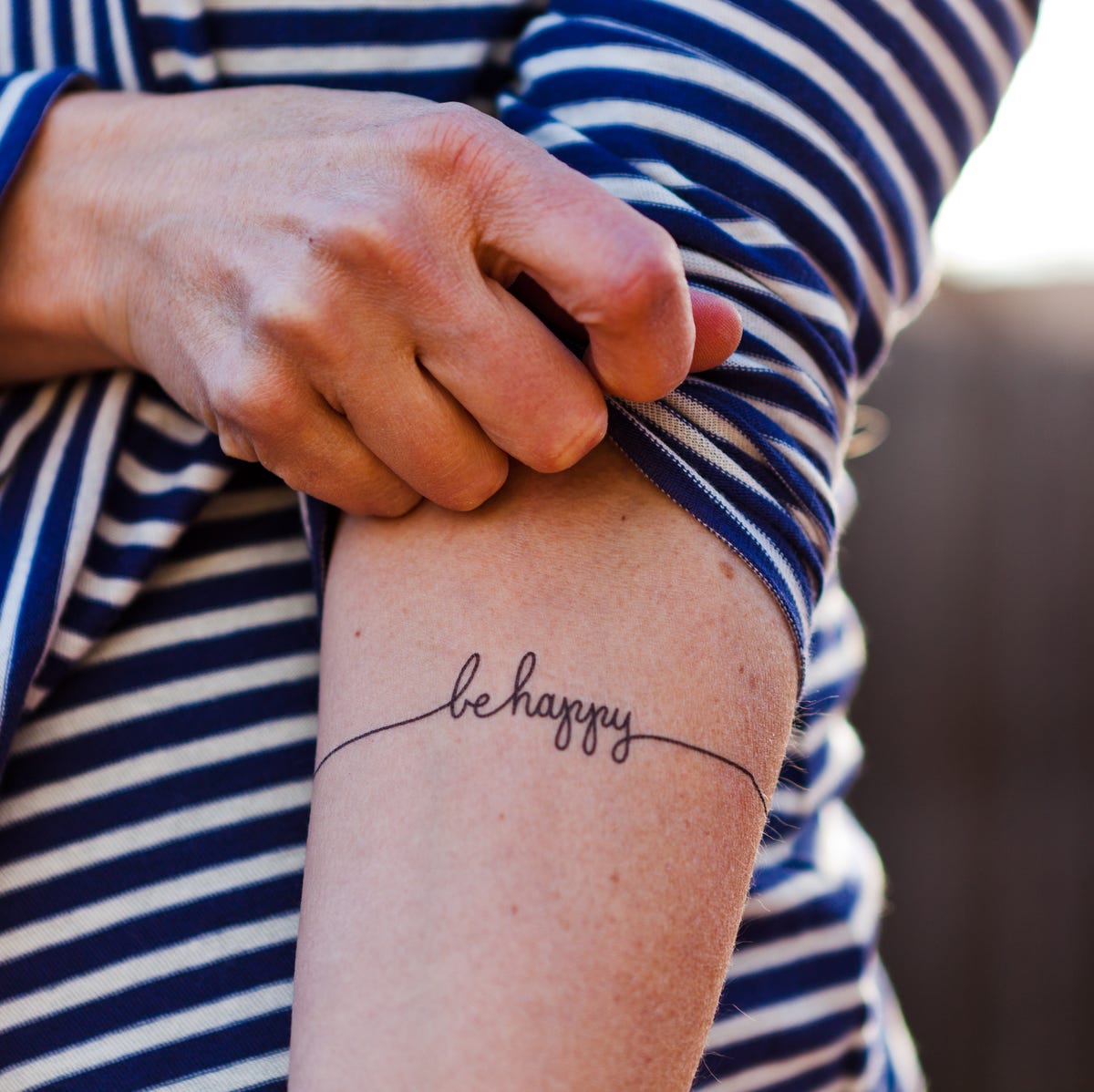From Ink to Heal: Understanding the Journey of Tattoo Recovery

Tattoos have been a form of self-expression and art for centuries, with more and more individuals choosing to get inked as a way to commemorate events, honor loved ones, or simply adorn their bodies with beautiful designs. While getting a tattoo can be an exciting and empowering experience, the process of tattoo recovery is equally important. Understanding how tattoos heal and what steps to take during the recovery process can help ensure that your new ink looks its best for years to come.
The Tattoo Healing Process
Immediate Aftercare
- After getting a tattoo, your artist will clean and bandage the area to protect it from germs and bacteria.
- It is essential to keep the tattoo covered for the first few hours to prevent infection.
- Your tattoo artist will provide you with specific instructions on how to care for your new ink during the initial healing period.
Peeling and Itching
- After a few days, you may notice that your tattoo starts to peel and itch. This is a normal part of the healing process.
- Avoid scratching or picking at the tattoo to prevent scarring and preserve the integrity of the design.
- Applying a gentle, unscented moisturizer can help alleviate itching and keep the skin hydrated as it heals.
Tattoo Aftercare Tips
Keep it Clean
- Wash your tattoo gently with mild soap and water to keep it clean and prevent infection.
- Avoid soaking the tattoo in water, such as swimming or taking long baths, until it is fully healed.
- Pat the tattoo dry with a clean towel instead of rubbing it to avoid irritation.
Avoid Sun Exposure
- Protect your tattoo from the sun's harmful UV rays by keeping it covered or applying sunscreen with a high SPF.
- Sun exposure can cause fading and damage to your tattoo, so it is essential to take precautions to preserve its vibrancy.
- Avoid tanning beds and prolonged sun exposure, especially during the initial healing phase.
Common Tattoo Healing Problems
Infection
- If you notice signs of infection, such as excessive redness, swelling, or discharge, seek medical attention immediately.
- Infected tattoos may require antibiotics to clear up the infection and prevent further complications.
- Follow your doctor's instructions carefully to ensure the infection heals properly without causing damage to the tattoo.
Allergic Reactions
- Some individuals may experience allergic reactions to tattoo ink, especially if they have sensitive skin or allergies to certain ingredients.
- If you notice excessive itching, redness, or raised bumps around the tattoo, consult with a dermatologist to determine if you are having an allergic reaction.
- Your doctor may recommend topical or oral antihistamines to help alleviate symptoms and reduce inflammation.
Final Thoughts
While the tattoo recovery process can vary from person to person, following proper aftercare instructions and taking steps to protect your new ink can help ensure a smooth healing journey. Remember that tattoos are permanent investments in self-expression, so it is essential to give them the care and attention they deserve to maintain their beauty and integrity over time.
